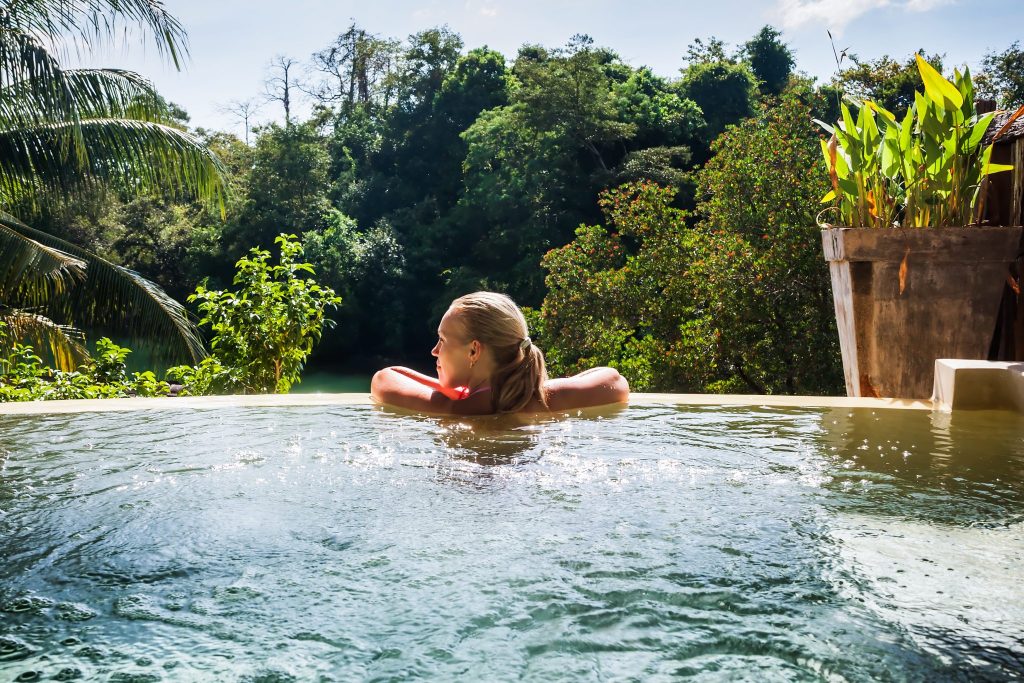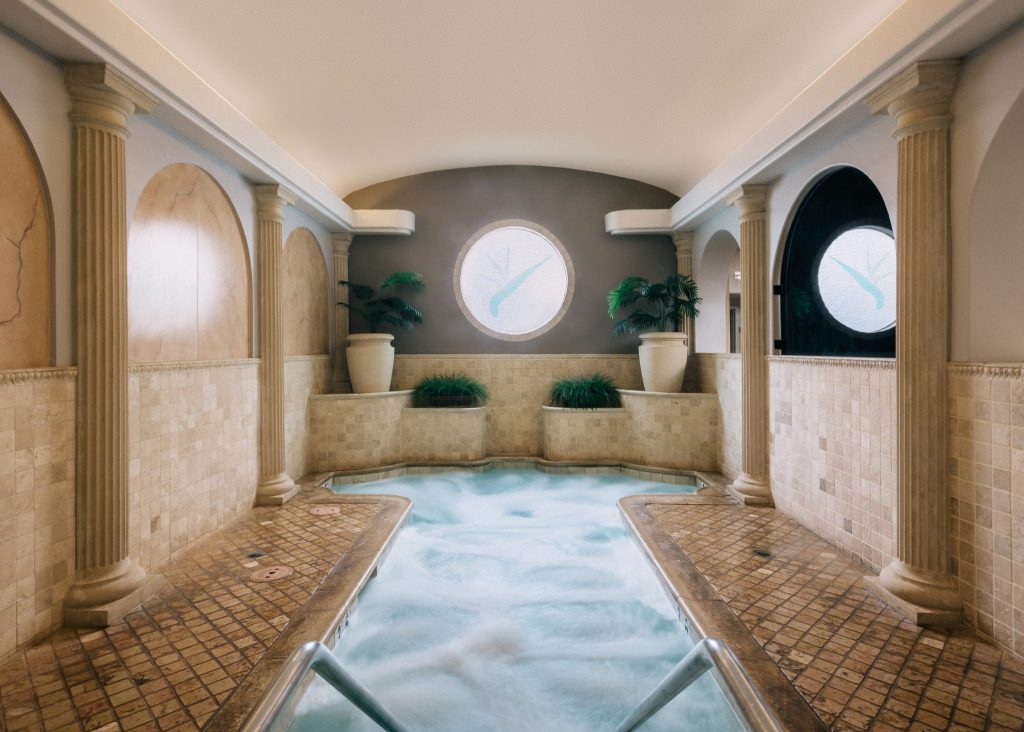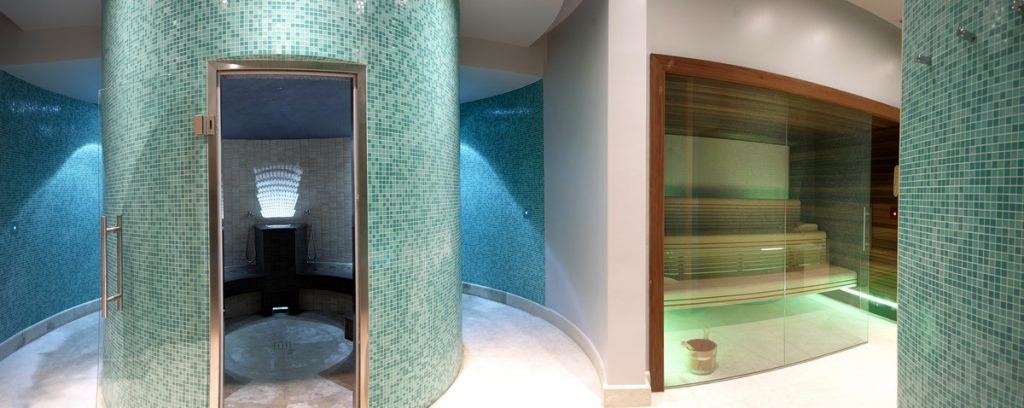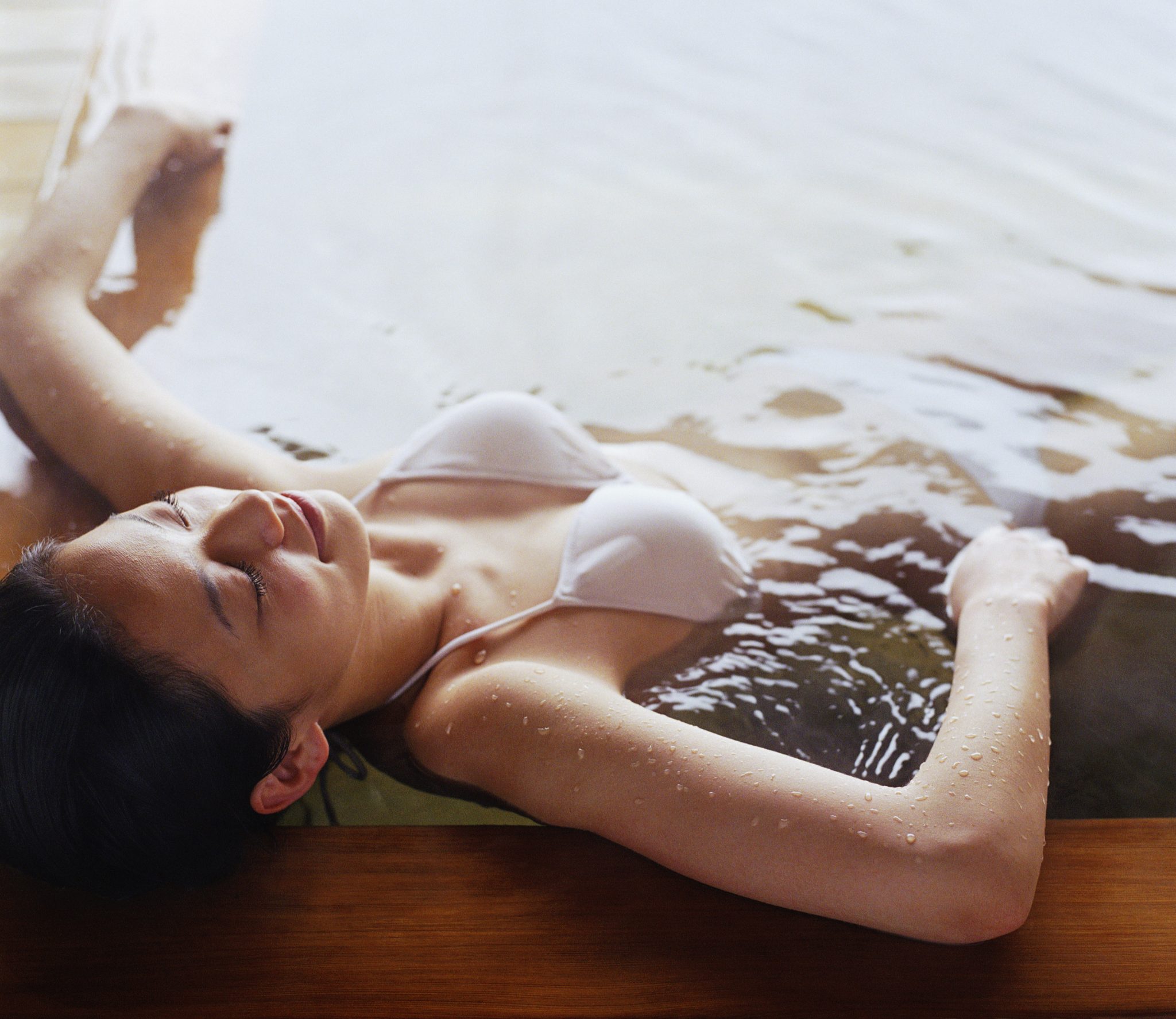15 July 2020
Thermal bathing and hot/cold therapy using water experiences have a long history, dating back to Ancient Roman times in the West and Ancient Japan in the East. In fact, since the dawn of time, many cultures the world over have reaped the benefits of thermal bathing and cold experiences. In its most basic form, hot/cold therapy is used to help balance the body by immersing oneself in extreme heat followed by extreme cold – usually by alternating time in hot baths and ice-cold plunge pools.
By stimulating dilation and constriction of the blood vessels, hot/cold therapy stimulates blood flow, which helps the body flush toxins, release endorphins, boost energy levels, and balance the mind.
However, the various benefits of thermal bathing experiences can sometimes be lost in the myriad of explanations, rituals and physical facilities – each with its own special list of benefits for the body, both inside and out. At GOCO Hospitality, we like to focus on the practice as a matter of course for any of our spas, because whichever way we conceptualise it, the evidence that supports the healing benefits of thermal bathing is undeniable.

The Warming Benefits
The healing powers of hot springs have been appreciated for thousands of years. Even as stand-alone experiences, hot springs are reputed to have several therapeutic benefits, with many scientists from around the world studying balneology or the “treatment of disease by bathing.”
When bathing in warm mineral water, our bodies soak up these minerals (such as calcium and sodium bicarbonate) which increases circulation and overall oxygen flow. Bathing in warm water can also help reduce stress by relaxing tense muscles and promote sleep.
When it comes to pain relief, heat can dull our perception of pain by blocking pain receptors in our bodies, allowing for a moment of calm and painless relaxation. If bathing in a hot spring with a high silica content can also benefit the skin, by hydrating dry and rough skin. Sulphur-rich hot springs can also hold medicinal properties that can relieve conditions such as eczema and psoriasis.
At Glen Ivy Hot Springs, guests bathe in sulfur-rich spring water with a pH of 9.44 to ease joint pain and soften the skin. Other natural elements in the water such as calcium, magnesium, sodium and potassium help stimulate the immune system.

The Cold Extremes
However, when thermal bathing is combined with cold water experiences in the same instance, something extra special happens. Dubbed “extreme bathing” by many and popularised by wellness industry experts such as Dr Marc Cohen and Wim Hof, the concept of bathing in warm water only to jump into an ice-cold plunge pool or ice shower is fuelling an industry of health retreats aimed at optimising physical and mental wellbeing.
For a heat and water experience to have the best effect, it has to push the mind and body to their limits. “Extreme wellness is about consciously exploring the limits of your physiology so you can achieve bliss and find balance,” says Dr Marc Cohen, an integrative health specialist, doctor and professor of complementary medicine at RMIT University who also sits on the Advisory Board at GOCO Hospitality. “It’s great for recovery, pain and inflammation – many elite athletes take ice baths regularly.”

Hydrothermal experiences offer wellness benefits that are difficult to achieve any other way – and the bonus is that the health benefits can be self-administered so are achieved without high labour costs and, of course, easily practised at home.
According to a 2016 Dutch study, in which 3000 volunteers ended their morning shower with a 30-, 60- or 90-second blast of cold water, saw participants take 29% fewer sick days than the control group. Combined with regular exercise and that proportion rose to 54%.
However, the hot/cold experience is not for everyone. For example, it’s not recommended for those who are prone to high blood pressure. In these situations, the extreme temperature change may even be shocking to the system. Additionally, pregnant women should be cautious.
In addition, the industry is moving more towards combining bathing with promoting the consumption of mineral water too. Depending on the makeup of the water, there are reports published by the WHO that suggest some water may have the ability to improve kidney function and even break down kidney stones. As wellness becomes more accessible, more people can reap the benefits of both bathing and drinking mineral water than ever before.
The practice of combining hot- and cold-water treatments in the luxury spa is renowned for relieving stress, detoxing the skin, improving metabolism, increasing circulation and soothing aches and pains. In addition, they have been shown to combat mental wellness issues while also improving sleep quality. Find out how GOCO Hospitality can help your spa evolve to the next level, with a unique focus on thermal bathing at the core of our designs.
If you would like to know more about how we can help you design the facilities to bring water therapies to your spa, please contact us at info@gocohospitality.com

